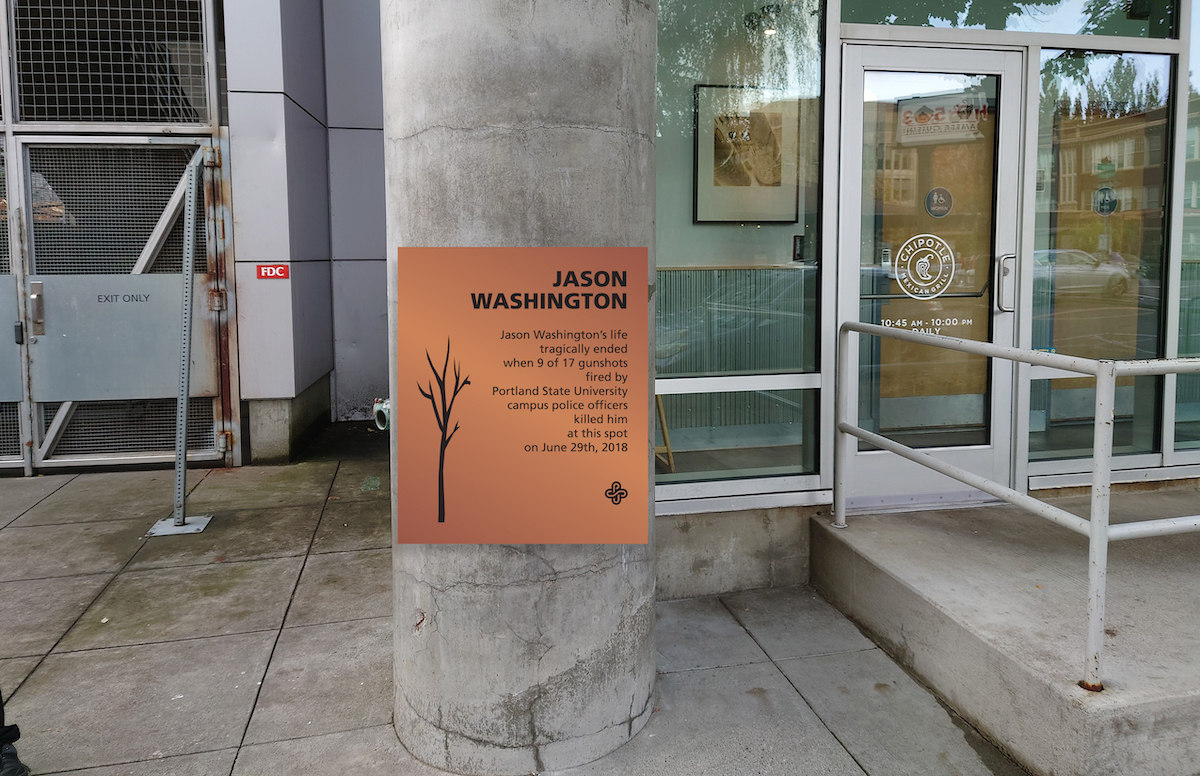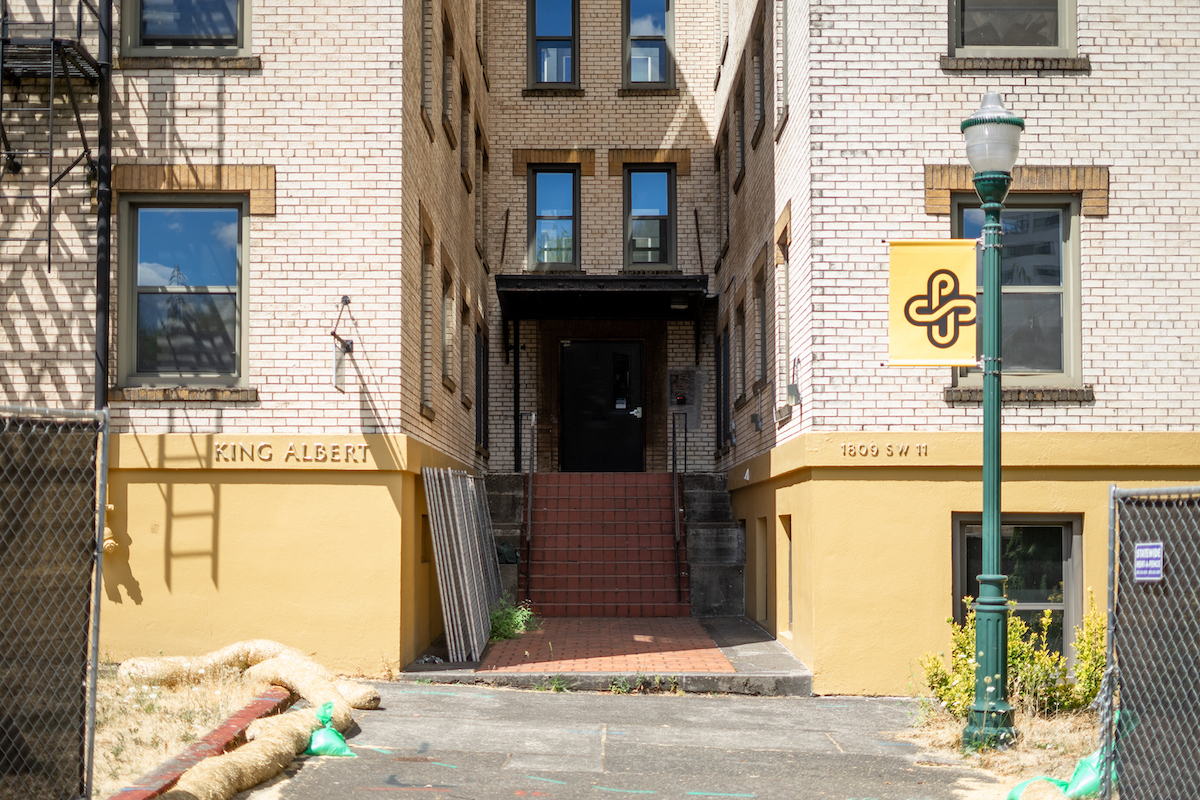Why must college be so costly?
In 1988, I wrote that “consumers need a ‘no-frills university’ to turn the higher-education marketplace upside down.” I lamented that “the $80,000 bachelor’s degree is upon us, and the $100,000 edition cannot be far away.”
Today you can double those numbers. We are headed toward the quarter-million-dollar bachelor’s.
In 1987, touring colleges with my kids, I was shaken by two realities: first, the absence of any sort of productivity gains in higher education, amid an economy whose principal engine of growth was (and remains) improved output per unit of worker input; second, the tendency of U.S. colleges to compete for desirable students by adding upscale amenities, what a Mount Holyoke dean once termed the “Chivas Regal strategy.” (During our campus visits, my daughter remarked that it was like comparing resort hotels.)
My own children are-fortunately-finished with all that, but the idea of creating some stripped-down, no-frills college models seems even more apt today. What would such places look like?
Key features would include a lean administration, few nonteaching employees, and most campus jobs performed by students or outsourced; amenities (entertainment, food courts, fancy gyms, etc.) left to entrepreneurs _ and paid for by those who use them; a year-round calendar with facilities in constant use, steady work for employees, and the opportunity for energetic students to finish faster; faculty that are paid well but worked hard; a trimmed-down curriculum with a solid core and strong majors in a dozen fields but no pretense of teaching everything; and rigorous exit standards with diplomas equivalent to an intellectual “warranty.”
This model could serve as a plausible formula for containing the cost and price of higher education and eking some productivity gains from this enterprise.
What’s happened since 1988, however, seems noteworthy on four fronts.
First, yesterday’s troubling trends have intensified. Students take ever longer to complete their degrees. The academic week and year grow ever shorter as amenities grow yet more lavish (indoor climbing walls?).
Second, whereas the price pain then was felt primarily by those at private campuses, today the public university price tag is soaring, too.
Third, higher education has developed a fast-growing sector that follows the no-frills formula: the for-profit sector, characterized by the University of Phoenix and kindred vendors of reasonably efficient and relatively inexpensive postsecondary schooling.
Fourth, technology enables students to avail themselves of higher education without ever showing up on campus. The for-profit sector makes expert use of this delivery system, but traditional universities are working at it, too. Because distance learning makes it possible not only to slash campus expenses but also to extend a professor’s “reach” to far more students, it serves willy-nilly to boost academic productivity.
As Congress and state legislatures seek to contain the cost of college, they may want to encourage more no-frills institutions and nudge more students toward the efficient providers. The starting point is to cease treating traditional college economics as immutable and instead to recognize that society has an obligation to reward efficiency and productivity here just like it does everyplace else.
Chester E. Finn Jr. is a senior fellow at the Hoover Institution.
Distributed by Knight Ridder/Tribune Information Services



